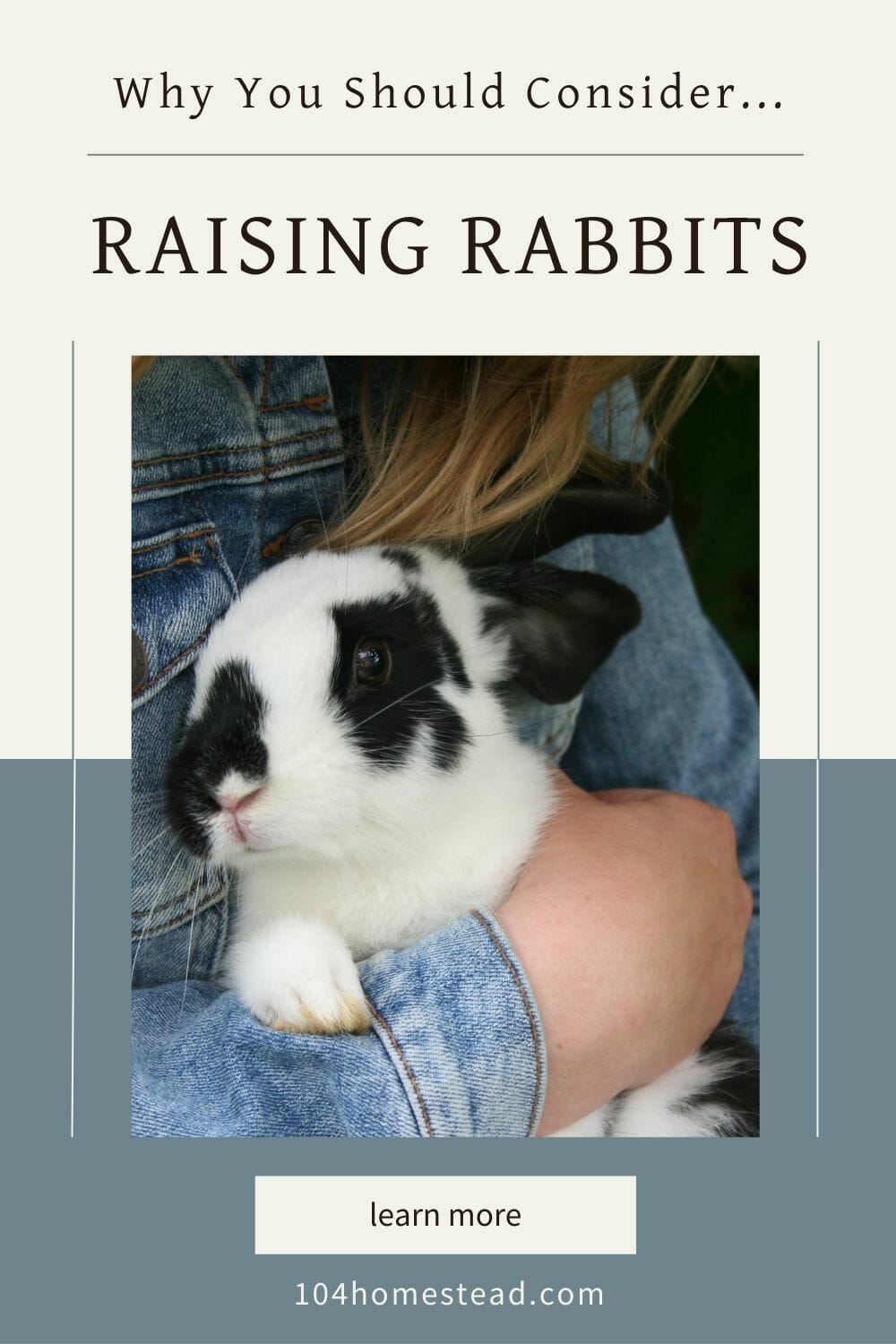4 Reasons to Consider Getting a Bunny for Your Homestead
Are you considering getting a bunny as a pet or raising rabbits on your homestead? Make sure you know what you’re getting into.
Estimated reading time: 6 minutes
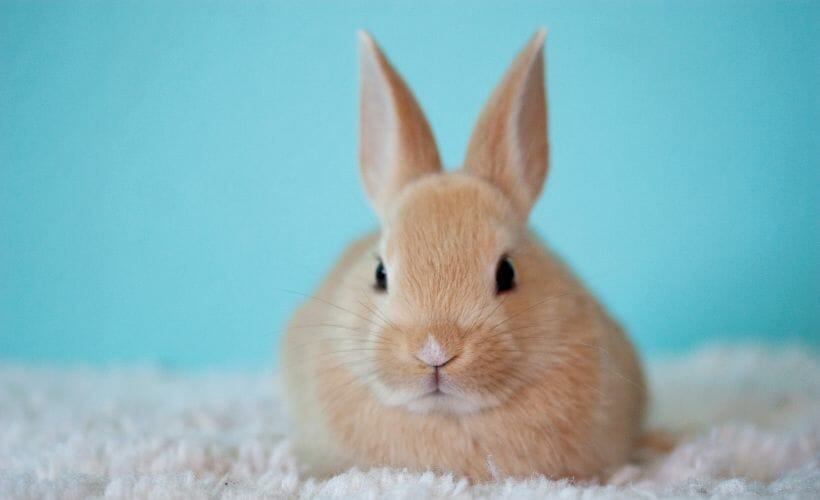
Bunnies are wonderful creatures. They have so much to offer, and they require very little care in the grand scope of things.
Rabbits can be kept indoors or in a hutch in the backyard. They come in all sorts of sizes and colors. The fur can be long or short.
The reasons for getting a bunny fall into four major categories. Today I’m going to talk about those reasons. I will also briefly discuss one bad reason for getting a bunny for someone.
Getting Rabbits for Fiber
Rabbits are the perfect choice for backyard farmers who want to start producing their own fibers for either resale or crafts. Typical fiber farm animals include sheep, goats, or alpacas – some of which can top out at 200 pounds or more – not always practical for someone farming on under an acre of land. Rabbits need minimal space and don’t require special farm vets; almost all suburban vets will have experience treating rabbits. In addition to less land and less feed, rabbits are wooly powerhouses!
Choosing an Angora
Angora wool is amazing for fiber artists. It is excellent for spinning and weaving. Angora wool can also sell for a pretty penny. So which breeds are best for fiber production?
- English Angora One of the smaller of the angora breeds (at 5-6 lbs), this angora produces ample quantities of wool. It does tend to be a high-maintenance rabbit.
- French Angora This rabbit produces wool that is a bit coarser than its English cousin but requires less maintenance. The French weigh in at 7.5-9.5 lbs.
- Giant Angora This is “the big one” in the angora world, as the name implies (at about 10 1/2 lbs). The Giant is white with ruby eyes.
- Satin Angora About the same size as the French, this angora’s wool has a silky sheen to it. Unfortunately, it doesn’t produce nearly as much wool as the others.
- Jersey Wooly Although not actually an angora breed, this rabbit produces angora wool. It’s a dwarf breed (only coming in at about 3 1/2 lbs), but it is a great starter rabbit.
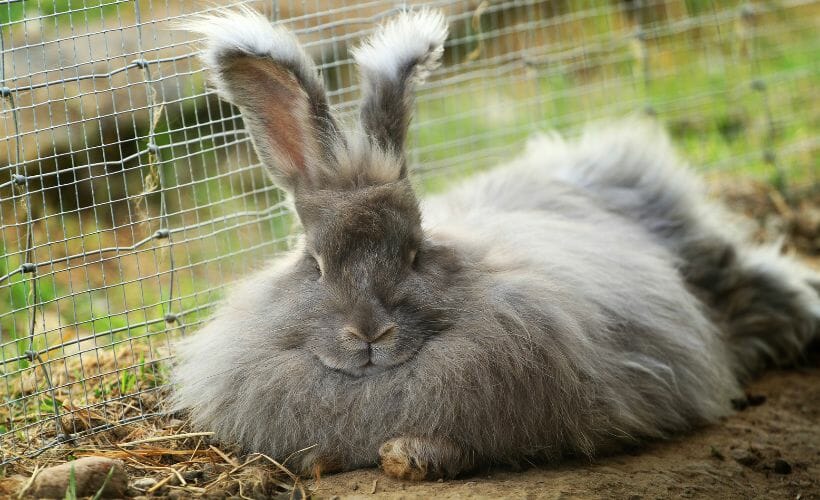
Angoras require frequent, sometimes daily, grooming to keep them in pristine condition. You collect the wool by shearing or plucking three to four times a year. There is a bit of controversy regarding plucking. Many people say it is painless since the hair is being shed, but some disagree. I did some homework and have found no real scientific backing for either school of thought. You can learn more about fiber rabbits in Raising Fiber Rabbits: What You Need to Know and Raising Angoras: The Perfect Dual-Purpose Rabbit.
Getting Rabbits for Showing
You can show any recognized rabbit breed, with many to choose from. The important thing when showing is that you get your rabbits from a reputable source that knows the standards and breeds accordingly. These higher-quality rabbits often come with a hefty price tag. If you plan to breed show-quality rabbits, there is a chance you may see a return on your investment.
Below are some of the most popular show rabbit breeds and the average cost for a show-quality specimen. All show rabbits should be purchased from a reputable breeder.
- American Fuzzy Lop $100-200
- Dutch $90-100
- Holland Lop $100-400+
- Jersey Wooly $100-150
- Mini Lop $100-500+
- Mini Rex $100-250
- Netherland Dwarf $90-400
Show rabbits can be friends in the home when not in the shows. With short-haired breeds, maintenance is minimal, but they will need some sprucing up for the big day.
Getting Rabbits for Meat
After the initial investment, rabbits are a great way to produce your own meat on a small budget. A trio can provide meat for years and years since they… for lack of a better phrase… mate like rabbits. The best part about rabbit meat is that it is low-fat, has low cholesterol, and offers high-quality proteins.
Californians and New Zealand seem to be the front-runners of the meat rabbit world, but any breed can be raised for meat. I’ve heard great things about the Giant Chinchilla if you want to support a heritage breed.
Care of meat rabbits is minimal. The important things are maintaining a healthy diet and a clean environment. Most rabbits are ready for slaughter at 13 weeks. You can send your rabbits away for this, or you may learn to do it yourself. You also have the option of selling the skin/pelt. Learn more about selecting and breeding meat rabbits in Choosing Breeding Stock for Rabbit Meat and Raising Meat Rabbits: How to Breed Your Bunnies.
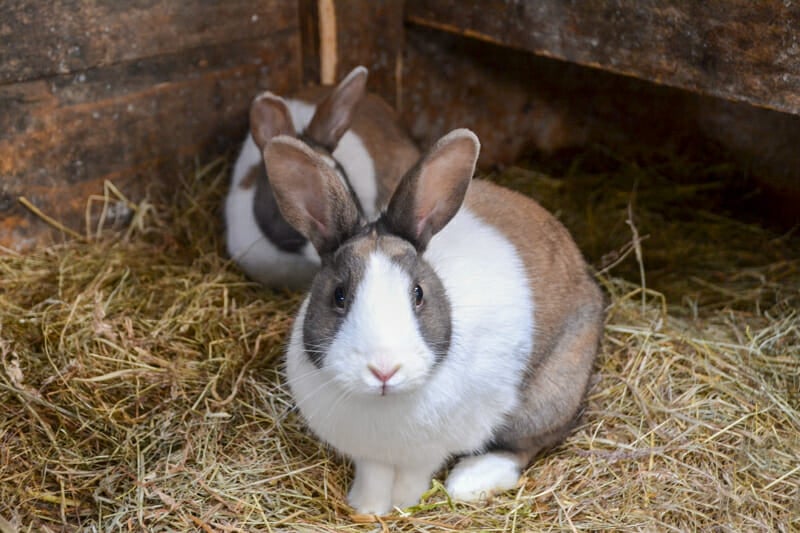
Getting Rabbits for Companionship
Rabbits can make wonderful companions. They have great personalities, and each one is unique. Some are playful and enjoy using toys, others are curious, and many are affectionate.
Companions may cost a bit more in the long run than other rabbits. You can often adopt them relatively cheaply from an animal shelter, but since they are meant as “forever friends,” they should be seen by a veterinarian regularly. Pet male rabbits should be neutered, and female rabbits should be spayed.
Companion rabbits also require a bit more maintenance beyond grooming and general care. Homes with bunnies must be rabbit-proofed to protect the bunny and your belongings. Electrical cords are the biggest obstacle we’ve dealt with in our home.
If that is not something that interests you, you need to provide a comfortable containment area for your bunny, like a cage or exercise pen and let it out for supervised play daily. Learn more about Why Rabbits Make Great Pets.
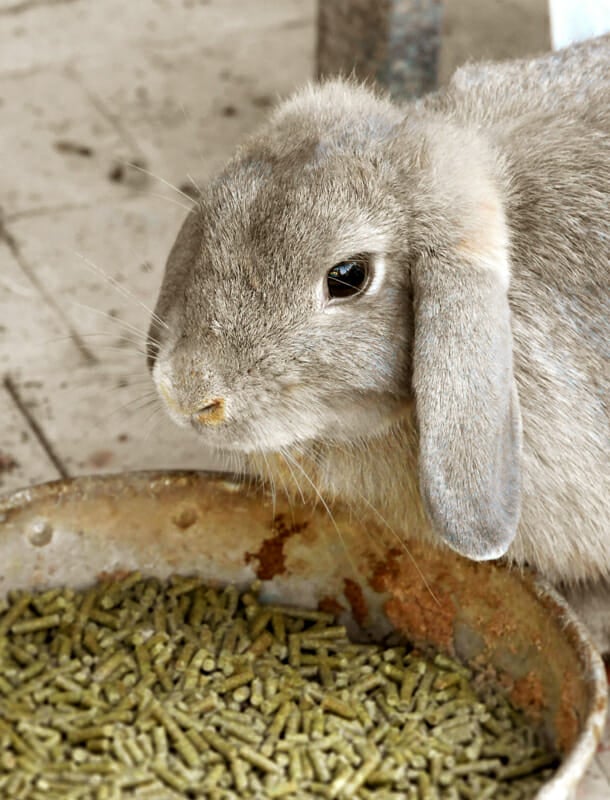
And did you know you can litter box a rabbit really easily? I have a guide to show you how.
Rabbits are NOT Gifts
One thing that is not a reason for getting a bunny is this: A GIFT
This is my big Easter P.S.A. As cute and adorable as little bunnies (chicks, ducks, puppies, and kittens) are, they are a terrible gift. Unless it is a pre-discussed gift for someone who already has a rabbit and has expressed interest in getting more, please do not gift animals.
Easter Bunnies Tend to Get Abandoned
According to the Utah Humane Society, “Within the first few weeks of Easter, an estimated 30% of all Easter “pets” die and another 60% to 70% are abandoned or turned in to shelters.”
My friend Angela England (from The Untrained Housewife) wrote this great first-hand-knowledge post called Your Easter Basket Chicks a Year Later. It is a very informative post that applies to chicks and all animals.
If you do decide on getting a bunny (or three) for your homestead, be sure to check out What To Feed A Rabbit: Hay, Pellets, Fruits, Veggies & Treats.
Recommended Reading:
Rabbits for Dummies by Connie Isbell & Audrey Pavia
The Everything Pet Rabbit Handbook by Sarah Martin
Homesteading Animals: Rearing Rabbits for Meat & Fur by Norman J. Stone
Storey’s Guide to Raising Rabbits by Bob Bennett
